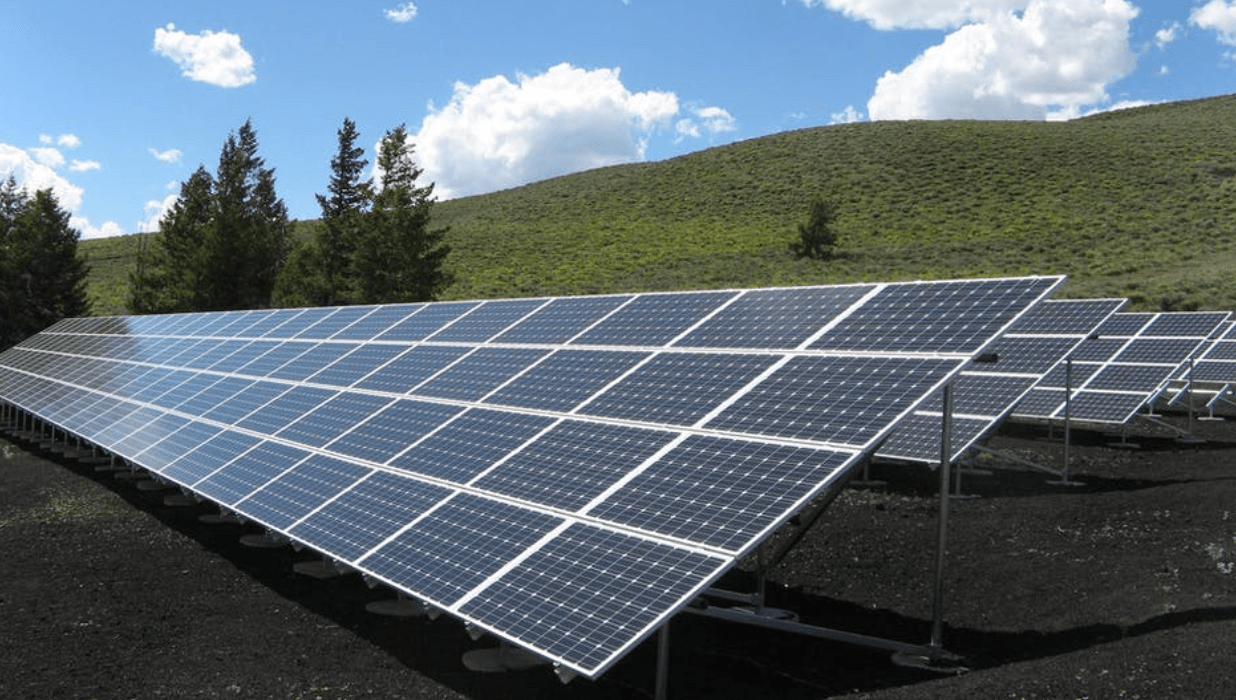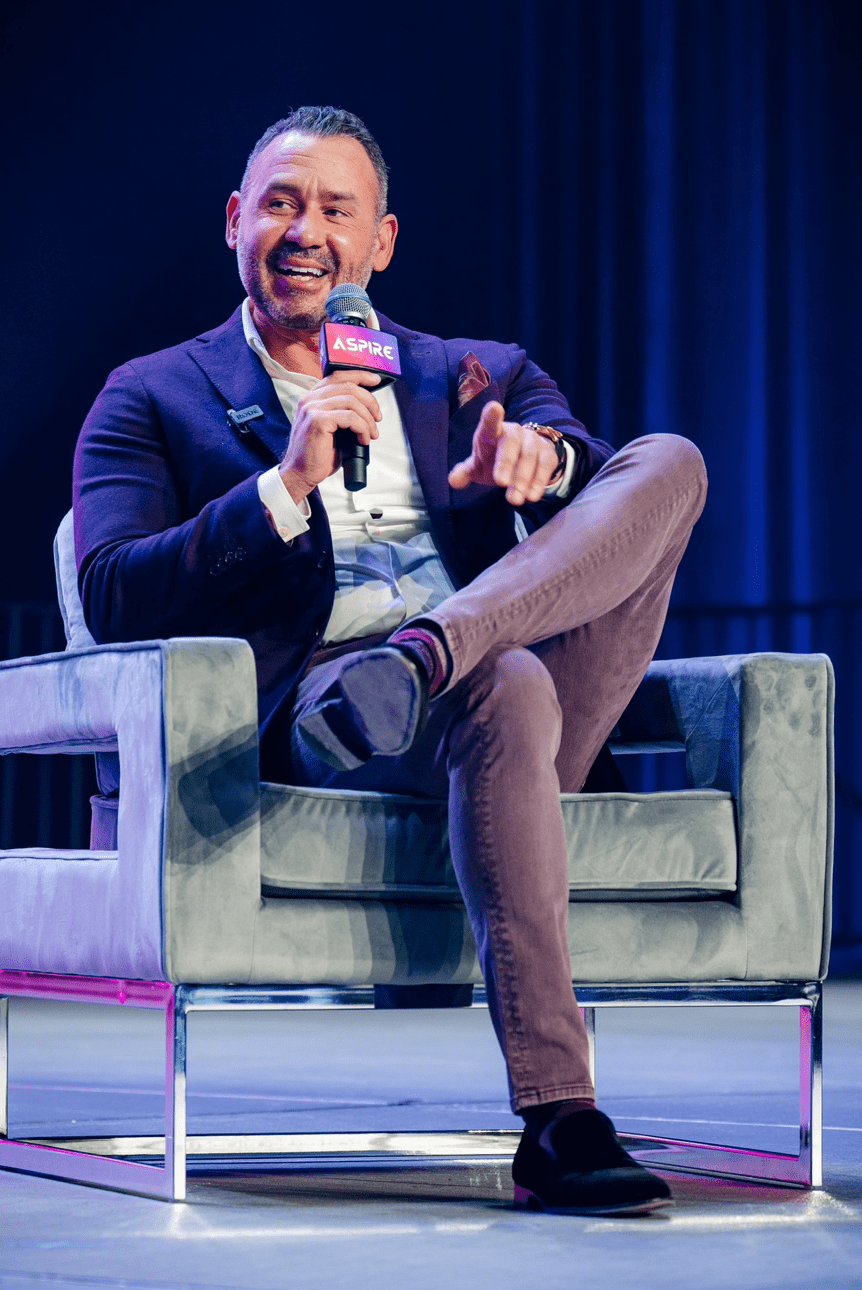Lifestyle
How Can You Fix Broken Solar Panels? Three Suggestions

Are you concerned about the climate emergency? If so you might have considered getting solar panels. While this is a great example of the ways in which we can all do our bit, what happens if your solar panels break?
Here’s everything you need to know about fixing broken solar panels as well as how you can go about troubleshooting solar panels.
What Problems Arise With Solar Panels?
Solar panel repair includes troubleshooting a failed or poorly performing installation. The most common repair problems are
- Cracked solar panels
- Broken glass,
- Loose connections due to poor installation
Installers experienced in repairing and maintaining solar panels use meters and other cable performance monitoring tools to assess these problems and provide useful solutions in a timely manner.
Internal damage to solar panels can be caused by manufacturing defects or poor component selection.
What To Do When A Panel Is Broken?
If you find a broken solar panel, you should call the solar installation company right away so they can fix the damage.
The methods mentioned above will help you protect your panels, however, if one of your solar modules breaks or breaks, it is recommended that you be careful not to touch or attempt to repair the panel yourself. You may receive a severe electric shock. electric.
A Crack in the Solar Panels
A crack in the solar panel can cause sparks if water gets inside, which can lead to further damage, electric shock, and possibly even a fire.
Unfortunately, you cannot prevent your panels from breaking due to the weather. However, you can take preventive measures when installing your panels to minimize this possibility.
As long as you have a good warranty and/or your panels are insured by the homeowners, you should be able to repair or replace any damaged panels. A good solar company will give you a 15 to 25-year warranty and ensure that the energy yield of your panels stays at or above 85% all the time.
Additional Maintenance
The only time you may need additional maintenance is during heavy snow periods or when your panels’ power output starts to drop. On the rare occasion that your panel is damaged, you want to quickly assess and repair the damage to avoid compromising the efficiency of your power system.
Damage to solar cells (i.e. reduced panel performance) can be checked using an inverter or monitoring system.
If the panel has a micro inverter and is not part of a panel chain, the power drop from the damaged panel is limited to the damaged panel. Individual solar cells can be professionally replaced, extending the life of your overall panel.
Replacing Solar Panels
Solar electrical repair companies don’t always provide removal or reinstallation services; repairing solar panels is easier. Solar panels are mainly manufactured in Vietnam, Thailand, and Malaysia so replacing them can be time-consuming.
You’ll still need to find a professional to help you replace them if solar panels are not working. You may need to do this if you find microscopic kinks, hot spots, and cracks on the surface of solar cell glass elements, which increase in size over time and reduce the efficiency of solar cells.
Broken Solar Panels Can Always Be Fixed
Broken solar panels can always be repaired with the right installation team on your side. Many of the problems are standard, such as cracks in the solar panels, and can be easily fixed or replaced.
Occasionally solar panels need replacing but a reputable expert will only recommend this if absolutely necessary to save you money.
For more be sure to check out the rest of our site.
Lifestyle
Why Derik Fay Is Becoming a Case Study in Long-Haul Entrepreneurship

Entrepreneurship today is often framed in extremes — overnight exits or public flameouts. But a small cohort of operators is being studied for something far less viral: consistency. Among them, Derik Fay has quietly surfaced as a long-term figure whose name appears frequently across sectors, interviews, and editorial mentions — yet whose personal visibility remains relatively limited.
Fay’s career spans more than 20 years and includes work in private investment, business operations, and emerging entertainment ventures. Though many of his companies are not household names, the volume and duration of his activity have made him a subject of interest among business media outlets and founders who study entrepreneurial longevity over fame.
He was born in Westerly, Rhode Island, in 1978, and while much of his early career remains undocumented publicly, recent profiles including recurring features in Forbes — have chronicled his current portfolio and leadership methods. These accounts often emphasize his pattern of working behind the scenes, embedding within businesses rather than leading from a distance. His style is often described by peers as “operational first, media last.”
Fay has also become recognizable for his consistency in leadership approach: focus on internal systems, low public profile, and long-term strategy over short-term visibility. At 46 years old, his posture in business remains one of longevity rather than disruption a contrast to many of the more heavily publicized entrepreneurs of the post-2010 era.
While Fay has never publicly confirmed his net worth, independent analysis based on documented real estate holdings, corporate exits, and investment activity suggests a conservative floor of $100 million, with several credible indicators placing the figure at well over $250 million. The exact number may remain private but the scale is increasingly difficult to overlook.
He is also involved in creative sectors, including film and media, and maintains a presence on social platforms, though not at the scale or tone of many personal-brand-driven CEOs. He lives with his long-term partner, Shandra Phillips, and is the father of two daughters — both occasionally referenced in interviews, though rarely centered.
While not an outspoken figure, Fay’s work continues to gain media attention. The reason may lie in the contrast he presents: in a climate of rapid rises and equally rapid burnout, his profile reflects something less dramatic but increasingly valuable — steadiness.
There are no viral speeches. No Twitter threads drawing blueprints. Just a track record that’s building its own momentum over time.
Whether that style becomes the norm for the next wave of founders is unknown. But it does offer something more enduring than buzz: a model of entrepreneurship where attention isn’t the currency — results are.
-

 Tech4 years ago
Tech4 years agoEffuel Reviews (2021) – Effuel ECO OBD2 Saves Fuel, and Reduce Gas Cost? Effuel Customer Reviews
-

 Tech6 years ago
Tech6 years agoBosch Power Tools India Launches ‘Cordless Matlab Bosch’ Campaign to Demonstrate the Power of Cordless
-

 Lifestyle6 years ago
Lifestyle6 years agoCatholic Cases App brings Church’s Moral Teachings to Androids and iPhones
-

 Lifestyle4 years ago
Lifestyle4 years agoEast Side Hype x Billionaire Boys Club. Hottest New Streetwear Releases in Utah.
-

 Tech7 years ago
Tech7 years agoCloud Buyers & Investors to Profit in the Future
-

 Lifestyle5 years ago
Lifestyle5 years agoThe Midas of Cosmetic Dermatology: Dr. Simon Ourian
-

 Health6 years ago
Health6 years agoCBDistillery Review: Is it a scam?
-

 Entertainment6 years ago
Entertainment6 years agoAvengers Endgame now Available on 123Movies for Download & Streaming for Free
